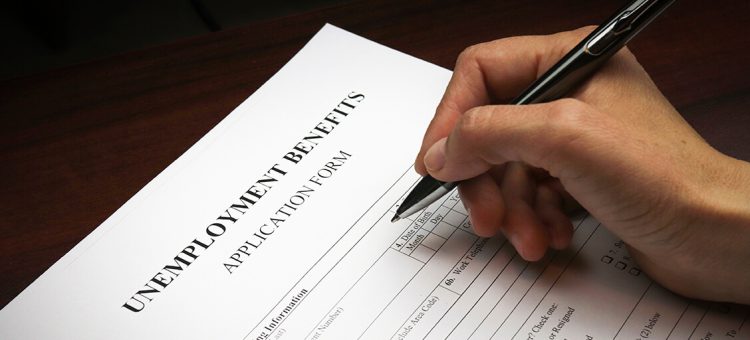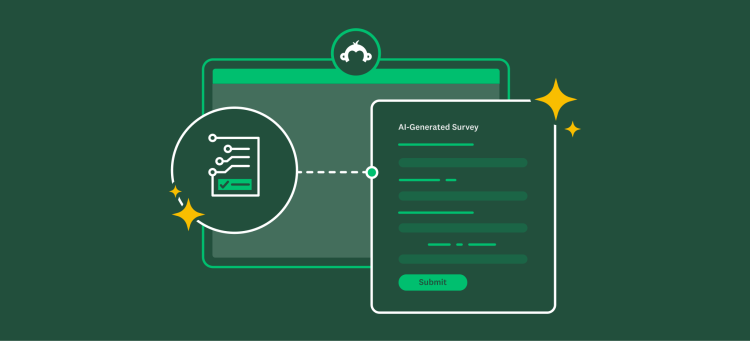The elections aren’t far from anyone’s mind these days—every state that completes a primary brings the U.S. closer to the general election showdown.
That’s especially true at SurveyMonkey, where we’re rolling out a brand-new product that’s challenging the status quo of how political polling is done.
Our polling methods have been really consistent in producing accurate results—even when others’ methods failed.
Here’s how it works: When people take a survey using SurveyMonkey—anything from party-planning to employee satisfaction—a random subset gets the option to take another survey that asks them about their views on politics and national issues.
What do you get when hundreds of thousands of people who look a lot like the electorate, take those surveys, add in statistical and survey research expertise—a sophisticated polling product.
Over the past few years our survey research team has been carefully calibrating its system to ensure they’re getting responses that represent the overall voter population.
But during that time, we’ve used it to great success to get accurate data on the outcome of several elections. Want proof?
SurveyMonkey was the only one to get the 2015 U.K. general election right. It was correct about the Labour Party leadership elections, despite some inherent challenges. It showed basically no bias in the 2014 U.S. midterms.
SurveyMonkey stood out during the 2015 U.K. general election
Maybe the best example of SurveyMonkey’s polling prowess didn’t even happen in the U.S. To practically every pollster, the U.K. general election in 2015 was not slated to be a particularly exciting affair.
Most were predicting a tie or at best a few percentage point lead in either direction. That meant there would be few new seats taken in parliament, no real changes in who holds the majority, and no fun headlines to write about it.
Meanwhile, SurveyMonkey’s polling showed something drastically different: a 6% point lead for the Conservatives, enough to win some seats and tip the balance so that they’d be in the majority.
So what happened on election day? SurveyMonkey was proved right—the Conservatives ended up winning enough seats to earn back a majority in parliament. This came as a surprise to virtually every other pollster following the election.
What’s more is that they won the popular vote by 6.6%. That was well within our margin of error but far, far away from other pollsters’.
… and won at the 2015 Labour Party leadership election
Just a few short months after the U.K. general election, the Labour Party was gearing up for another big decision: who voters would choose to be its leader.
For pollsters, this was a tough one. For the first time in history, the Labour Party had instituted a one-member, one-vote system for its leadership election. That meant any member or supporter of the party could vote and that all votes would be weighted equally.
It’s a bit like opening the floodgates to a whole new flow of voter information. Nobody knew who exactly was going to vote, making the election more difficult to call.
Despite those challenges, our survey of 1,000 eligible voters in the U.K. correctly predicted that far-left candidate Jeremy Corbyn would win the election.
… and nailed the 2014 U.S. midterms with bias-free results
A first, large-scale test of our modern election tracking system came in the 2014 midterm elections in the U.S.—a year before the U.K. general election even happened.
At the time, what SurveyMonkey was trying with its polling system was brand new, and it was collecting a massive sample. It included around 200,000 responses from people across the 45 states that had races for governor and senator that year.
In the end, SurveyMonkey’s numbers proved to be very accurate indicators of who would win in each state. SurveyMonkey’s data showed each of the 36 winning senatorial candidates ahead and 33 out of 36 of the candidates for governor in the lead as the November election neared.
Perhaps more importantly, though, was how it performed in relation to other polls that year.
If there was one phenomenon that marked polling in 2014 elections, it was the widespread bias toward Democratic candidates that most polls that year showed.
Nearly every poll overestimated the success of the Democratic candidates in the race. As a result, the many Republican victories across the country that year proved surprising to many observers.
Meanwhile, on average, SurveyMonkey’s full samples in every state showed practically no bias.
As you might guess, this is a big year for SurveyMonkey. We’re taking on the 2016 election along with NBC News, and you can expect to see a lot more results from us in the coming months.
Questions, comments? You know where to go!




